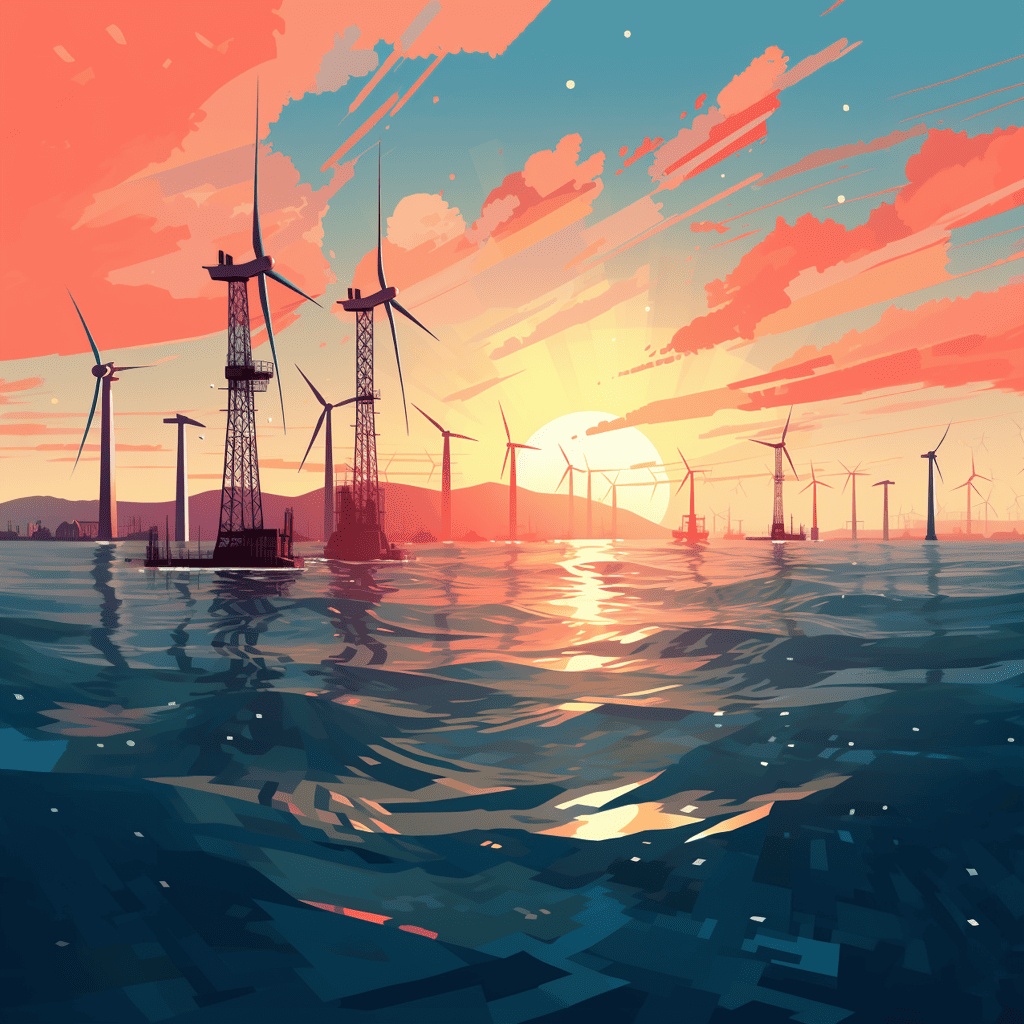
In our weekly ‘follow-up’ column we feature a sequel to the best-read article of the past week. This week: A North Sea dam to protect half of Europe against rising sea levels.
We already mentioned Rutger Bregman, who in his pamphlet ‘Het water komt‘ (The water will come, from the Dutch journalism platform De Correspondent) warns Dutch people about the consequences of climate change on sea levels. He spoke about this to seven scientists who consider it not inconceivable that – if we do nothing about global warming – we will have to relinquish large areas of The Netherlands.
But now we also have Sjoerd Groeskamp, oceanographer at NIOZ, the Royal Netherlands Institute for Sea Research, who, together with his German colleague Joakim Kjellson of GEOMAR Helmholtz Centre for Ocean Research Kiel, have devised a very drastic measure. Two mammoth dams, one 475 kilometres long between the north of Scotland and the west of Norway. The other 160 kilometres long between the western tip of France and the south-west of England. These two dams would protect more than 25 million Europeans from rising sea levels. The cost? Between €250 billion and €500 billion. And if all the countries that are protected do their bit, this is only 0.1% of the Gross Domestic Product across all countries.
Giant dam plans of the past
Do you think this is a wild plan? Then you probably haven’t heard of the German architect Herman Sörgel. As early as 1928, he proposed building three dams in order to reclaim a large part of the Mediterranean and create a new ‘supercontinent’. The largest dam had to pass through the Strait of Gibraltar between Spain and Morocco. The second dam would be built near the Dardanelles close to Turkey. And with the last dam, Sörgel wanted to breach the Mediterranean between Sicily and Tunisia. Sörgel did not present his plans as a way to protect people from the climate, but rather as a way of pursuing world peace.
Hope that the dam will never be built
While Sörgel continued to promote his plan until his death in 1952, Groeskamp hopes that ‘his’ giant dam will never have to be built. Nevertheless, from a technical point of view it is entirely possible to set up such a large-scale project. Its construction would take as much as 100 years. “Yes, but it’s not impossible”, Groeskamp told us over the phone. “Such a huge dam should only be built as a last resort.
Research is a critical factor. Much more of this needs to be done in order to meet the Paris climate targets. At the moment we can still have an impact on global warming. This research reveals how huge the problem is that hangs over our heads. As well as what drastic solutions might be needed if we sit back and do nothing.”
According to him, this dam will only be seriously on the cards when sea level rises by five meters or more. “We do a lot of research into possible scenarios here in The Netherlands, but in other countries that happens to a far lesser extent. From a technical point of view, we would be able to cope with a sea level rise of two meters. But only with a great deal of effort.
Rise in sea levels is accelerating more rapidly
Yet as soon as the sea level rises by five meters – and that has been considered in the forecasts – this dam will prove to be a serious option. If you look at 1995 onwards, you can see that the predicted rise is about half a meter by 2050. The sea level is likely to rise by a further 50 cm over the next 20 years. That is accelerating more and more rapidly. Ten years after that sea levels will rise by another half a meter. The danger is that we think it’s still a long way away and that by then we’ll be able to build a dam.”

Next month Groeskamp will publish his findings in the academic journal of the American Meteorological Society. But the publication can already be found online here. Groeskamp says that the research has already caused quite a stir. When the Dutch media picked up the research, the ball started rolling and his phone was constantly ringing off the hook: “I’ve already had The Guardian, BBC and The New York Times on the phone. And I have even more appointments in the next few days.”
Yet the scientist isn’t complaining about all of those phone calls: “As long as I can get my message across and explain that this is a scenario we really don’t want, I’m pleased with all of the attention,” he insists.
Research into less radical alternatives
Wim Uijttewaal, Professor of experimental hydraulic engineering at Delft University of Technology, also agrees with Groeskamp:
“We started reducing CO2 emissions too late and it is highly doubtful if we will be able to achieve the Paris targets”. Unlike Groeskamp, the Delft professor advocates ‘more adaptive’ solutions. “It’s the most extreme solution you can think of. The consequences for the ecosystem will also be enormous. We have to look at interim solutions first in order to control the most extreme water levels. A half-open dam near Scotland is one such option. Then you won’t have to fill up the 300 m deep stretch of sea off Norway.”
According to Uijttewaal, we have to work out various scenarios for the expected rise in sea levels.
“That’s already happening. But at present we are still mainly speculating on the direction that rises in sea levels will take. As yet you don’t see an accelerated rise in the North Sea, but you can already see all kinds of things happening around the world. If it really turns out that we can’t control rises in sea levels, we could extend that half of the dam out to Norway, just like KNIOZ has now looked into.”
“In a nutshell: if we can contain one or two meters from extreme water levels during spring tides and storms, we’ll gain about a hundred years. In the meantime, we may even come up with new technologies that are much less drastic. A material that we are not yet familiar with. Or completely different structures. Who knows, by then we might be able to reverse climate change with geo-engineering.”








